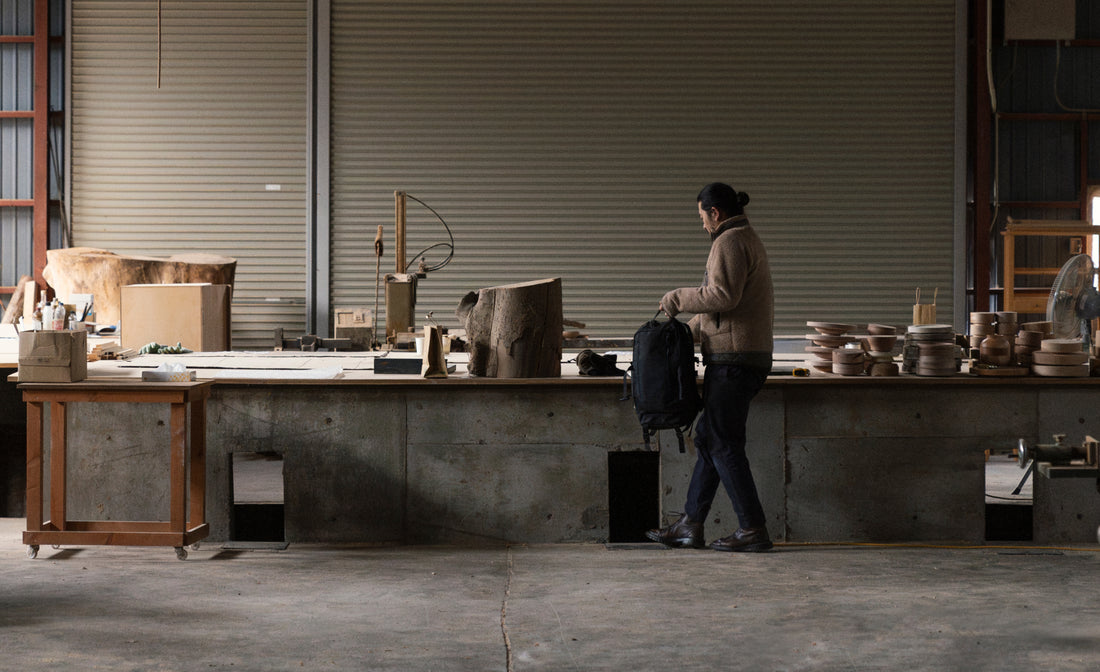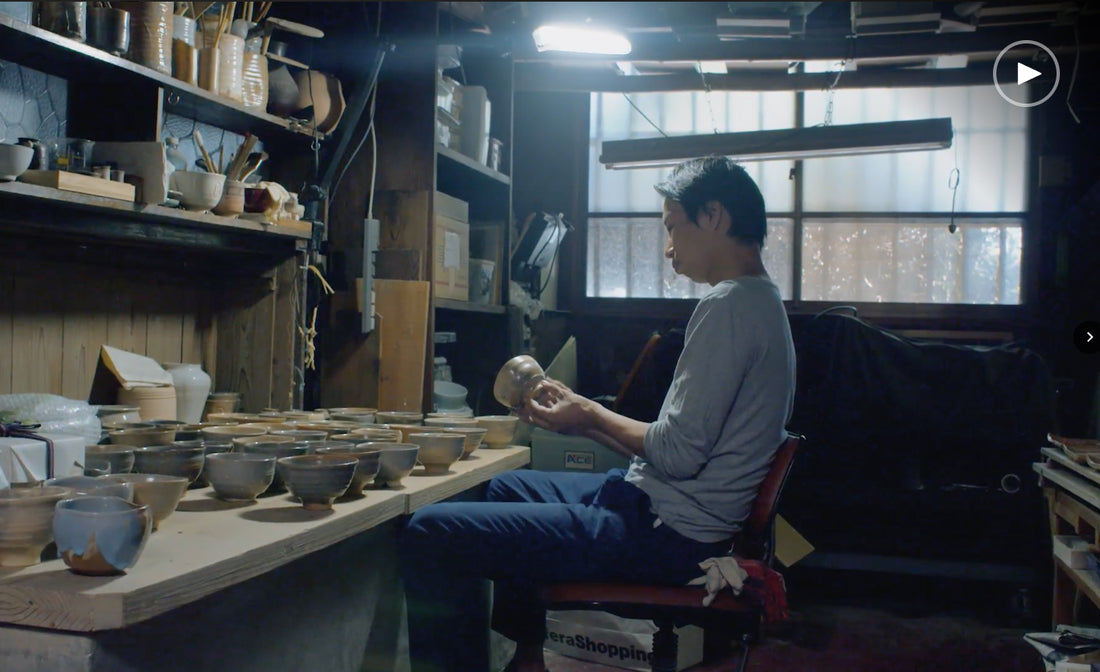FAQs Regarding Repairing at Home

PUBLISHED
AUTHORPOJ Experiences
Your coffee is flowing onto the table from a cracked mug. You found a chipped vase at your grandmother’s. You just broke your wife’s favorite dessert plates ... two of them. Now what?
We are answering some of your frequently asked questions around repairing at home.
How many broken items does a single Kintsugi Kit repair?
The standard Kintsugi Kit is the basic kit you need for small chips, cracks, and breaks.
- Chip
- 8 small-sized chips
- 6 medium-sized chips
- Crack or break
- One small-sized (10cm) plate
- Half of a medium-sized (15cm) plate
- One-third of a large-sized (20cm) plate
Our Advanced Kintsugi Kit includes more professional grade tools and materials, including double the gold you would find in the standard kit.
- Chip
- 16 small-sized chips
- 12 medium-sized chips
- 6 large missing fragments
- Crack or break
- 2 small-sized (10cm) plates
- 1 medium-sized (15cm) plate
- Two-thirds of a large-sized (20cm) plate
It is possible to fix many more items than listed above. The numbers are only based on the amount of gold powder available in each kit. That said, there are refills/add-ons, including silver powder, should you be interested in trying a different finish.

Are there any other tools or materials that I need to prepare myself?
- Turpentine (in Japan, we use pine root oil)
- Olive oil or another plant-based oil
- Tissues
- Glass palette* or a heavily glazed ceramic plate to use as a palette
- Cardboard box just large enough to fit your piece
- Tea towel or dish cloth
- Water
- White wheat flour
- Plastic wrap
- Utility knife
*Included in the Advanced Kintsugi Kit.
How long does repair take?
The duration of the repair process varies depending on your climate, and the extent and type of the damage of your ware. However, you should expect it to take approximately 6 - 10 weeks + 4 weeks of aging.
How do I store urushi?
Our recommended “best before” date is one year for kiurushi as it is a raw material. Mixed urushi like eurushi, kuroroiro, and kuro urushi, can be used so long as it has not hardened. We recommend proper storage of all urushi to extend its lifespan for as long as possible, as it is a precious natural resource.
After each use, screw the cap tightly and store urushi in a cool, dry, and dark place to ensure its longevity. In hotter or more humid months, we suggest wrapping urushi tubes in newspaper or placing in a plastic bag, and storing in the refrigerator, while ensuring there is no direct contact with other objects.
How do I make a muro?
A muro, or room, is a cellar that meets specific climate conditions: temperature at 20 - 28°C / 68 - 82°F, with a humidity level of 65 - 80%. Urushi requires these conditions to harden. Temperature and humidity that is too high can cause urushi to shrivel or harden only on the surface. Temperature and humidity that is too low can cause the urushi to dribble or take a very long time to harden. Traditionally, wood cellars are used, however we suggest making a simple muro using a cardboard box. Cardboard boxes effectively mimic wood's ability to simultaneously breathe and insulate. Lay plastic wrap or a silicone baking sheet at the bottom of the box and then wring out a wet dish or tea towel and place it on top. When placing wares into your muro, take precautions to ensure that wet urushi does not touch any surface. If the wares need to be raised, wooden chopsticks or popsicle/craft sticks tend to do the trick. With the latter, multiple sticks can be stacked to create the height you need. Masking tape can be used to hold the sticks in place.
When you finish kintsugi-repairing your items, care instructions can be found here.
PUBLISHED
AUTHORPOJ Experiences




